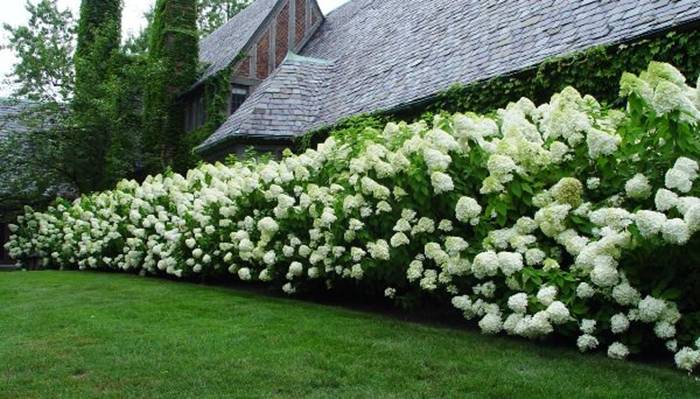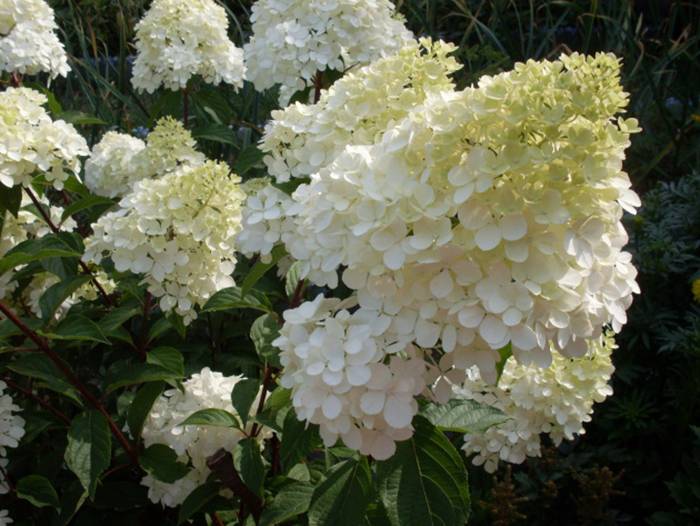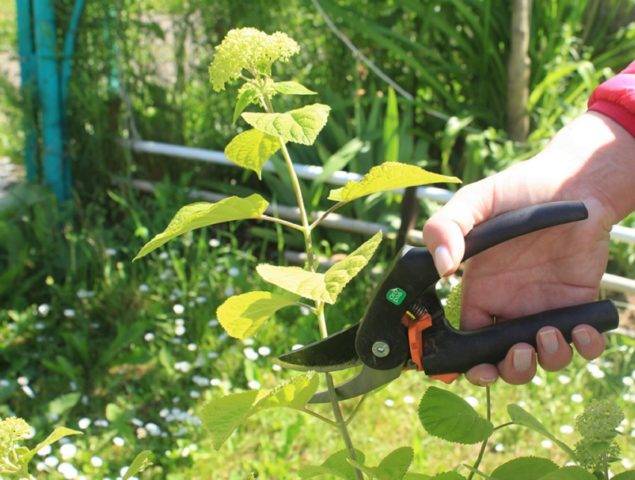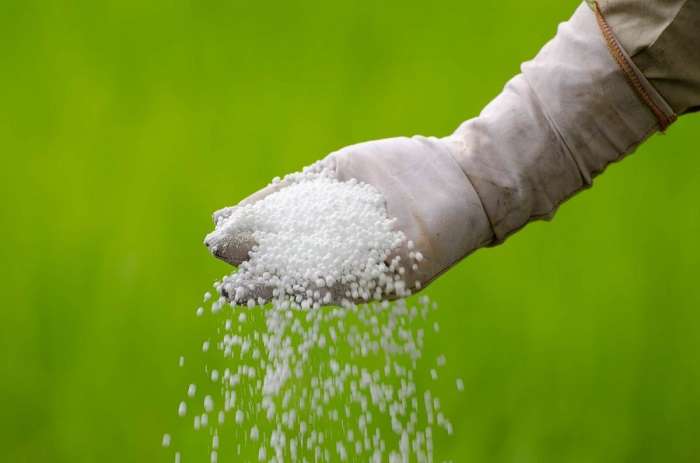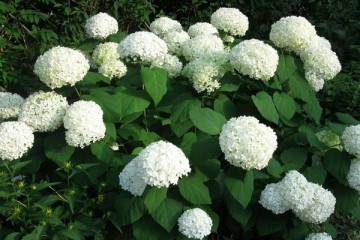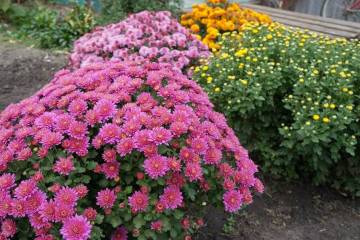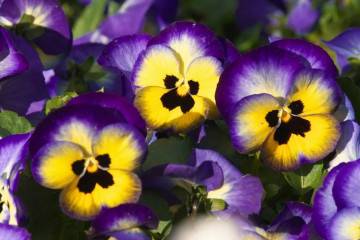Hydrangea Unique - planting in open ground and care
Content:
Hydrangea Unique is considered a real decoration of the garden. It is actively used in landscape design. The ornamental culture is popular with experienced gardeners and newcomers to floriculture. The variety is unpretentious in care and has a unique flowering.
Hydrangea Unique
This hydrangea has spectacular bushes and decorative inflorescences. It is often used to decorate flower beds. The plant can be planted singly or combined with other crops to create a variety of compositions.
Origin and appearance of the Unicorn hydrangea
Hydrangea paniculata Unic was obtained in 1950 in Belgium. The culture was the result of the selection work of Robert and Helena de Balder. Subsequently, she began to gain more and more popularity.
Under natural conditions, panicle hydrangeas are found on the island. Sakhalin. They easily withstand the climate of the Far East, so they are often grown by Russian gardeners.
Hydrangea Unicum, as the variety is also called in Russia, attracts gardeners with its unusual characteristics:
- the plant is impressive in size. The bushes reach 3 m in height. At the same time, their crown is capable of growing up to 5 m. However, most flower growers restrain the growth of culture. By pruning, they limit the development of bushes at a height of 2-2.5 m;
- clusters of flowers reach 30 cm. They appear on the bushes in the second half of summer and persist until the very cold. First, white flowers appear on the plant. By the end of the flowering period, they acquire a pink color;
- hydrangea has large leaf plates. They are 15 cm long and 8 cm wide. The foliage is characterized by an ovoid-oval shape and jagged edges;
- the buds have a pleasant aroma that is well felt around flowering plants.
In the description of the Unique hydrangea, it is said that it has superficial roots that grow rapidly. Root suckers appear in fertile soil. They can be used as planting material.
Transplanting hydrangea Unique after purchase in open ground
The plant is easy to plant. It is unpretentious to the site and the features of care, so even a novice florist can handle the cultivation of a crop.
What is needed for landing
To plant a crop, you will need a high-quality seedling. When choosing a plant, you need to carefully examine it. There should be no damaged areas or traces of rot and mold on the bush.
Choosing the best place
An open area that is well lit by the sun is ideal for a plant. As a result, it will be possible to get a lush and spreading culture and achieve abundant flowering. It is also permissible to plant a bush in partial shade.
Step-by-step planting process
You can plant the Unicorn hydrangea in spring or autumn. The first option is considered more preferable. Thanks to this, the plant will have time to fully grow stronger by winter. To carry out planting work, you need to do the following:
- Dig a planting hole. Its diameter should be 60-80 cm. The specific dimensions depend on the size of the roots of the bush. The depth of the pit must be at least 50 cm.
- The distance between the bushes is made at least 2.5 m.
- The pit needs to be watered well. A drainage layer should be laid on the bottom.
- Hydrangea soil should include sand, humus, peat, and fertile soil. To improve the characteristics of the substrate, you can use superphosphate and urea.
- Immerse the seedling in the groove, spread its roots and fill the hole with earth.
- Water the planted bush.
- Cover the trunk circle with a mulch layer.
Reproduction of hydrangea Unique
It is recommended to propagate hydrangea of this variety by vegetative methods. This can be done by cuttings or layering. Bush division is also often used.
Propagation by cuttings
This is the most popular cultivation method. This method is simple and effective. In the spring, when pruning, high-quality planting material should be prepared. Spring shoots should have 4 buds. It is also permissible to cut the cuttings in the summer. During this period, the branches of hydrangea are saturated with moisture as much as possible.
The material prepared for planting must be placed in a container with a growth stimulant solution and left for several days. Then the cuttings can be planted in the substrate, buried in 2 buds. For this, it is recommended to use acidic soil. It should have a loose consistency.
At first, planting should be protected from bright sunlight. Plant care includes only moistening the soil and gentle loosening. When several leaves appear, the cover can be removed.
Growing from seeds
Hydrangea Unix is not propagated by the seed method. This plant has sterile flowers that do not form fruit. Therefore, it is possible to breed a culture only by vegetative methods.
Hydrangea Care Unique
In order for the hydrangea to grow normally and bloom profusely, it needs to be provided with full and comprehensive care.
Watering mode
Young plants should be watered every week until they are fully accustomed to the new environment. An adult hydrangea can be moisturized every 3-4 weeks. The culture needs abundant watering.
Top dressing
The bushes should be fed several times. For the first time, fertilizers are applied in the spring before the buds appear. At this stage, nitrogen agents are used. During flowering and autumn, hydrangea needs potassium and phosphorus.
Features of care during the flowering period
During flowering, hydrangeas need to be watered and fed. From fertilizers, manure and complex mineral products can be used. In the summer, hydrangeas are fed 1-2 times.
Features of care during the rest period
After flowering, the bushes are recommended to be cut. Removing wilted buds is also important.
Preparing for winter
The culture is resistant to frost. Nevertheless, to avoid freezing of the buds, the bushes should be insulated. In the southern regions, it is enough to huddle them. In areas with a harsh climate, shoots need to be bent to the ground, fixed and insulated with spruce branches.
Unique hydrangea is a common garden crop that is very popular with flower growers. In order for the plant to develop normally, it needs comprehensive care.
